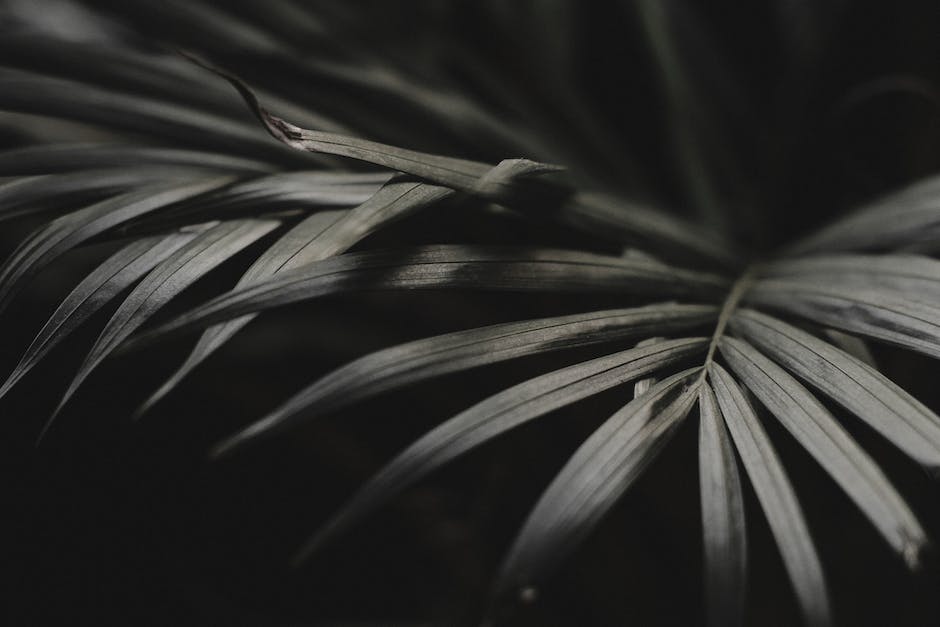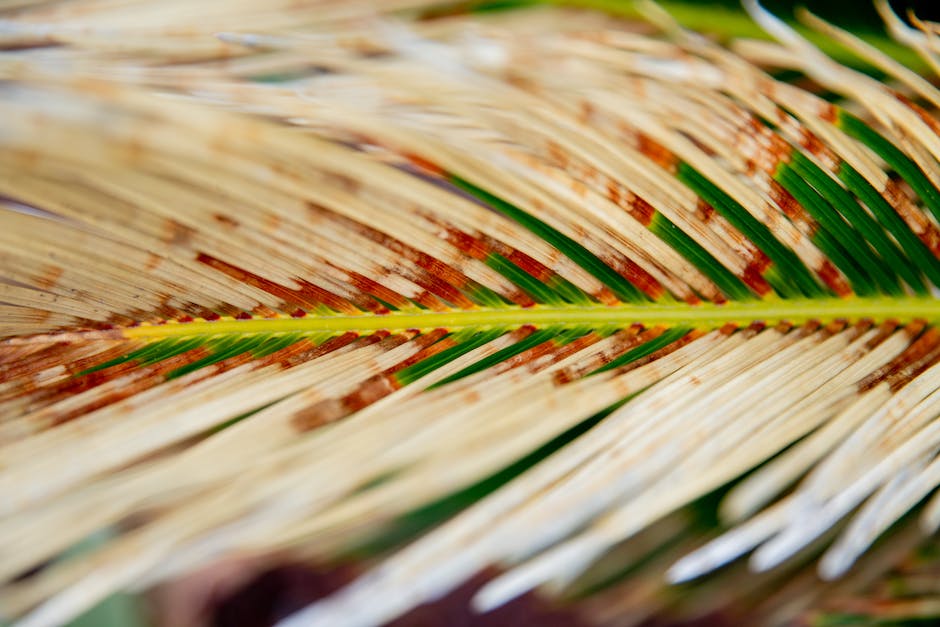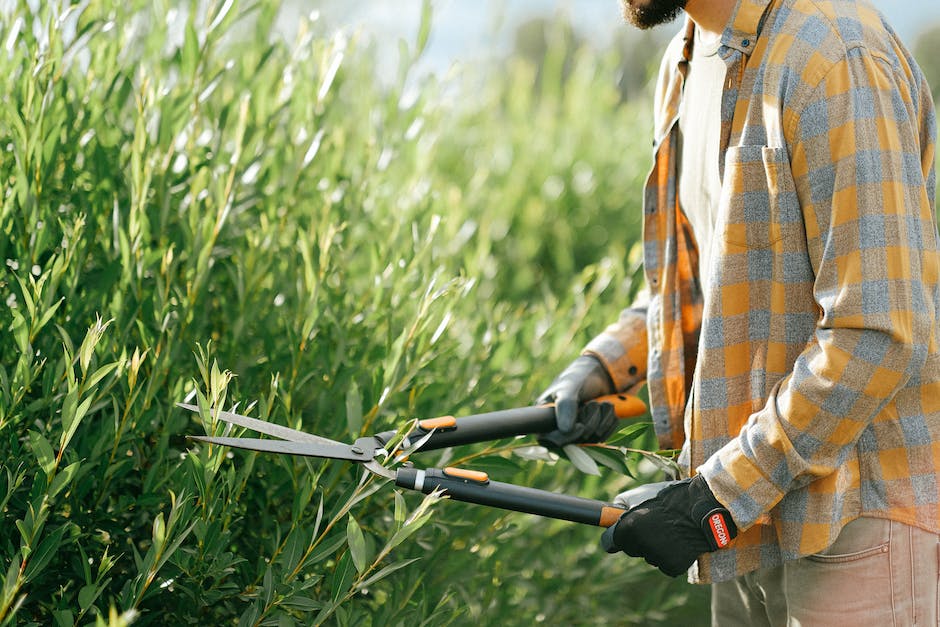Trimming Your Sago Palm: A How-to Guide

At first glance, Sago Palms, with their lush, feather-like fronds, might seem like a tropical delight that demands little care. However, this is a common misconception. These slow-growing, ancient plants require observant care and specific maintenance, especially during their annual growth cycle. Be it understanding their intriguing biology, knowing about their ideal growing conditions, or figuring out the best season to tend to them – knowledge about these aspects is paramount to successfully growing Sago Palms. The importance of safety precautions, including protective wear, cannot be underestimated, given the toxic nature of some parts of this beautiful plant. Mastering the art of trimming a Sago Palm is crucial, and we’ll delve into a comprehensive, step-by-step approach to ensure your Sago Palms not only survive but thrive.
Understanding Sago Palms
Welcome, fellow green thumbs and plant enthusiasts! Ready your gardening gloves and tie up your aprons, because we’re about to dive deep into the world of one of the most unique houseplants around – the Sago Palm. A marvel of the plant kingdom, the Sago Palm boasts characteristics that set it apart from many other indoor flora.
Let’s commence our journey into the wild and fascinating world of Sago Palms. Get ready, this is going to be an exciting and informative trip!
Now, you might be thinking, “It’s a palm tree, right?” Well, not exactly. Delightfully deceptive, the Sago Palm isn’t a palm at all! In fact, it’s a Cycad, a unique group of seed plants dating back to the time of the dinosaurs. That’s right folks, Sago Palms are truly Jurassic plants with ancestors that coexisted with T-Rex and the gang!
The appearance of the Sago Palm is a testament to its resilience and longevity. This plant is known for its deep-green, feather-like fronds which shoot out in a radial pattern creating an eye-catching and ornamental display. But be careful – these fronds are more than just pretty; they’re also quite sharp.
Let’s not forget about the trunk of the Sago Palm, a thick, rugged feature that gives the plant an incredibly arborous aesthetic. This robust trunk is not just for show. It serves an important purpose, storing water and nutrients for the Sago, enabling it to survive in the harshest of climates, even enduring periods of drought.
The Sago Palm has some specific care needs. This plant thrives when it gets lots of sunlight. But remember, adaptation is key. Sago Palms can adjust to lower levels of light, making them a suitable companion for those indoor spaces that don’t always get a lot of sun.
Watering is another aspect of care that requires careful deliberation. It’s crucial not to overwater a Sago Palm. Overwatering could lead to fatal root rot, effectively drowning the plant. Let the top layer of soil dry out between watering, and be cautious not to leave any standing water at the bottom of the pot.
One additional point to mention is that the Sago Palm, while captivating, should be handled with care. It’s toxic if ingested, to both pets and humans, so ensure it’s placed out of reach of curious kids and animals.
In conclusion, the Sago Palm is a living testament to time, resilience, and adaptability. It challenges our perception of what a houseplant should be, offering a touch of ancient sophistication to our indoor spaces. And while it may be pretentious in its care, with the right attention and love, your Sago Palm will thrive, rewarding you with its timeless beauty and the satisfaction of nurturing a small piece of prehistoric wildlife right within your home. Happy Gardening!

Safety Measures
Moving forward to the topic at hand, when dealing with any gardening process that involves touching, maneuvering, or managing plants directly, it’s critical to take the proper precautions, and trimming a Sago Palm is no exception.
Before diving into the mechanical process, it’s important to remember that all parts of a Sago Palm, trimmed or not, are toxic to both humans and animals if ingested. This point must never be underestimated when handling this plant to avoid incidental ingestion.
First and foremost, personal protective equipment is key. Equip yourself with a long-sleeved shirt, long pants, closed-toe shoes and gloves – your skin will thank you! A Sago Palm’s leaves can have abrasive edges, and wearing the right gear will prevent uncomfortable or irritating scrapes or cuts. And if you wear glasses or goggles, even better – eye protection is a plus!
The tools you use should also fall under the same safety considerations. Using sharp, clean trimming tools is a must. Using a dull tool not only makes the process harder, but it is also a safety risk. Also, any leftover plant material on a blade can transfer diseases between plants, infecting your Sago Palm. Always clean your tools before and after usage.
The trimmings should never be left scattered about. Collect all trimmings immediately after cutting and dispose of them safely to prevent any accidental ingestion by children or pets. In case of large scale trimming, consider using a sturdy plastic sheet beneath your Sago Palm to allow for an easier, safer cleanup.
It’s pivotal to understand the growth pattern of the Sago Palm, before engaging in any trimming. Know where and how exactly to trim to keep the plant healthy and prevent any harm to it due to improper cuts.
Lastly, maintain safe practices even post-trim. Never burn Sago Palm trimmings, as they release toxic fumes when ignited. Don’t compost them either, because of the toxicity that persists even after cutting. Instead, bag the unwanted trimmings and throw them in the garbage.
Caring for a Sago Palm is truly a rewarding experience, and with these precautions in place, it offers a safer interaction with this remarkable houseplant. So, let’s respect this plant’s inherent characteristics and make trimming a mindful, enjoyable process.

Trimming Technique
Shaping the Perfect Sago: A Guide to Trimming Your Palm
A crucial part of maintaining the grandeur of the Sago Palm lies in its proper trimming. Executed well, it ensures the longevity and healthy growth of your plant while enhancing its aesthetic appeal. So, let’s dive into it, all you Sago enthusiasts!
Safety always takes precedence, especially when dealing with a plant as tricky as Sago Palm. This robust beauty is known for its toxicity. Therefore, it’s advisable to arm yourself with personal protective equipment, such as gloves and safety glasses, before you start trimming.
Select the appropriate tools to curate this masterpiece. A sharp pruner or saw can do wonders, making the cuts clean and precise. The sharper the tool, the cleaner the cuts, reducing the chances of diseases or pest attacks.
Now, on to the pith of the matter – The trimming. Understanding the growth pattern of the Sago Palm before taking the plunge is paramount. Essentially, these palms grow new fronds in a circle from the center of the plant, also known as the crown. As the new fronds push older ones outward, they begin to die off, giving the perfect cue to initiate trimming.
Begin by removing the oldest, brownest fronds first, closest to the ground. It’s like saying a grand farewell to the past, making way for the promise of fresh blooms. Employ caution not to damage the bark while doing so. A key tip – Never lop all the fronds off at once, as it can stress the plant out.
A clean final cut that’s flush with the trunk is what you should aim for. The goal is to avoid leaving the stubs, as it makes the palm susceptible to diseases and infestations – a closed chapter shouldn’t leave behind loose threads!
How you dispose of the trimmings is equally critical. The trimmings are toxic, remember? Never burn them, as it releases toxic substances into the air. Composting, too, is a strict no-no because it might lead to unintentional ingestion by pets or children. The safest route? Disposing of them in a sealed bag in the regular trash or arrange for a professional yard waste removal service to take away the clippings, ensuring they won’t bring harm to anyone or anything.
The journey with Sago Palms, while being enriching, equally demands a high degree of vigilance and responsibility. Crafting the perfect Sago, though, yields an unmatched sense of joy and accomplishment. After all, a well-pruned Sago Palm is more than a plant – it’s a living sculpture! With these tips, every plant lover can confidently step into the journey of fostering healthy, ever-exuding charisma, Sago Palms. Happy trimming!

After reading through the detailed processes and safety measures, it should be apparent that meticulous care, regular maintenance, and an understanding of the plant’s biology plays a key role in successful Sago Palm husbandry. The task of trimming a Sago Palm can be tackled confidently with the right equipment and an in-depth knowledge of the technique. Handling the trimmings and disposing of them correctly is also essential. With the tools and knowledge gained here, one thing is certain: enthusiast or beginner, with a keen eye and a nurturing approach, anyone can assist these ancient plants in adding a tropical, prehistoric flair to the garden.



